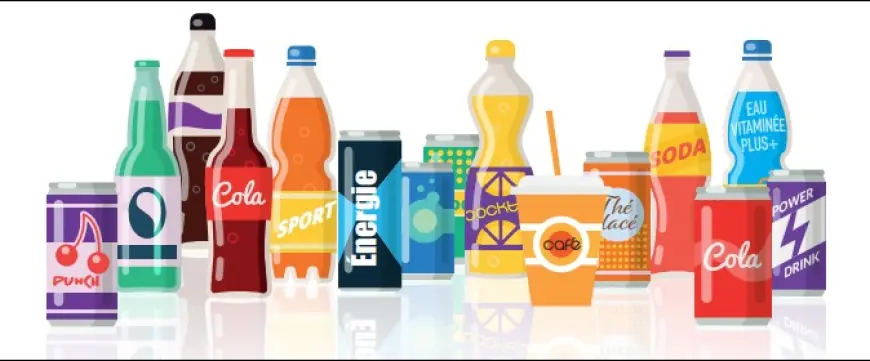The Beverages Industry: An Overview
This industry constantly evolves, driven by changing consumer preferences, health trends, and innovations in technology.

The beverages industry is a vast and dynamic sector that includes a wide range of products, from soft drinks and juices to alcoholic beverages and health drinks. It plays a crucial role in the global economy, with a market worth billions of dollars. This industry constantly evolves, driven by changing consumer preferences, health trends, and innovations in technology.
Types of Beverages
The beverage industry is broadly categorized into non-alcoholic and alcoholic drinks.
-
Non-Alcoholic Beverages
These drinks do not contain alcohol and are widely consumed worldwide. Some popular categories include:- Soft Drinks: Carbonated drinks like cola, lemon-lime sodas, and flavored sodas dominate this category. Brands like Coca-Cola, Pepsi, and Sprite are among the most popular.
- Juices and Nectars: Fruit and vegetable juices, available in packaged and fresh forms, cater to health-conscious consumers. Orange, apple, and mixed fruit juices are common.
- Bottled Water: With increasing awareness of hydration and health, bottled water has become a significant part of the beverage industry. Some brands also offer flavored and mineral-enriched water.
- Tea and Coffee: These traditional beverages have a massive global market. Instant coffee, green tea, herbal teas, and specialty blends are gaining popularity.
- Dairy-Based Drinks: Products like flavored milk, yogurt-based drinks, and milkshakes are enjoyed by people of all ages.
- Energy and Sports Drinks: These drinks, such as Red Bull and Gatorade, are popular among athletes and fitness enthusiasts for their energy-boosting properties.
-
Alcoholic Beverages
Alcoholic drinks are a major segment of the beverage industry, catering to adult consumers. Some key categories include:- Beer: One of the most widely consumed alcoholic drinks, beer comes in varieties like lagers, ales, and stouts.
- Wine: Made from fermented grapes, wine has a rich cultural history. Red, white, and sparkling wines are the most common types.
- Spirits: This category includes whiskey, vodka, rum, gin, and tequila, consumed straight or as part of cocktails.
- Cocktails and Ready-to-Drink (RTD) Beverages: Premixed alcoholic beverages are becoming popular for their convenience.
Market Trends and Consumer Preferences
The beverage industry constantly adapts to consumer trends. Some of the key trends shaping the market include:
- Health and Wellness Focus: Consumers are shifting towards healthier options, leading to an increase in demand for sugar-free, organic, and functional beverages like kombucha, herbal teas, and plant-based milk.
- Sustainability: Eco-friendly packaging, biodegradable bottles, and recycling initiatives are becoming essential due to environmental concerns.
- Premium and Craft Beverages: Many consumers are willing to pay more for high-quality, artisanal, and craft beverages, particularly in the beer and coffee segments.
- Digital and E-Commerce Growth: Online sales and home delivery services have expanded the reach of beverage brands, making it easier for consumers to purchase their favorite drinks.
Challenges in the Beverages Industry
Despite its growth, the industry faces several challenges:
- Health Regulations: Governments worldwide are imposing stricter rules on sugar content, alcohol sales, and ingredient transparency.
- Environmental Issues: Plastic waste from bottled beverages is a major concern, pushing brands to adopt sustainable packaging solutions.
- Competition: The market is highly competitive, with both global giants and small startups trying to capture consumer attention.
Conclusion
The beverages industry is a rapidly growing and evolving sector, driven by consumer preferences, innovation, and sustainability efforts. With rising demand for healthier and eco-friendly options, companies are continuously adapting to meet market needs. As technology and trends shape the industry, it remains one of the most dynamic and profitable sectors worldwide.












